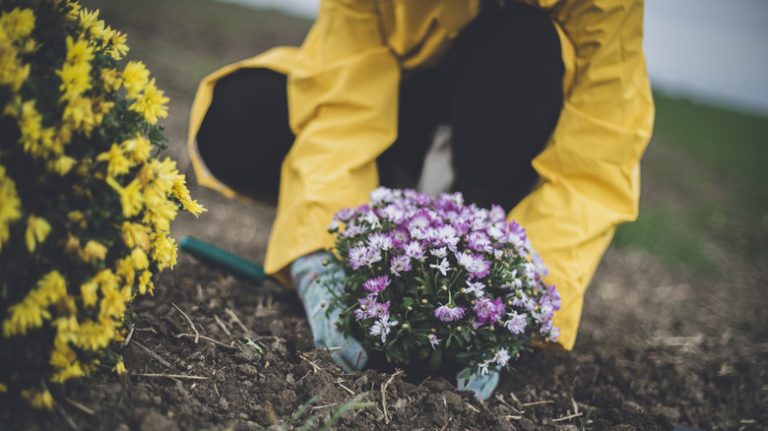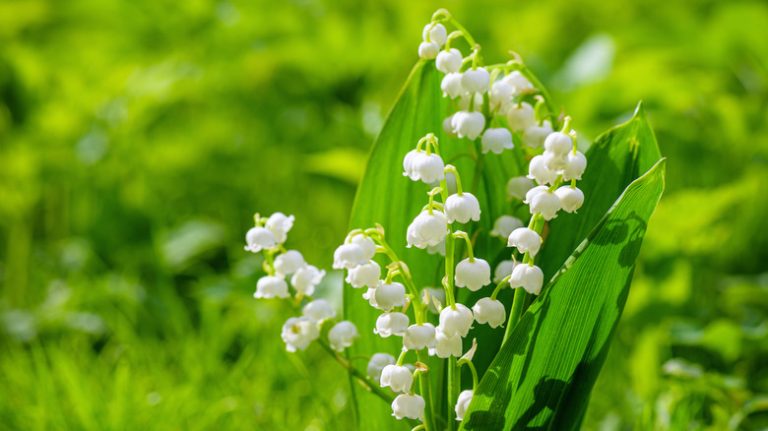Japanese Indigo, also known as indigofera, is a plant that has been cultivated for centuries for its vibrant blue dye. The process of harvesting and planting this unique plant is deeply rooted in cultural traditions, particularly in the Gullah-Geechee community.
Traditionally, the Gullah-Geechee people, who are descendants of West African slaves, possess the knowledge and skills required to grow and cultivate Japanese Indigo. They have been doing so since the 18th century. The indigo plant is incredibly resilient and can be grown in various climates, making it a staple crop for this community.
Throughout history, Japanese Indigo has played a crucial role in the textile industry. The plant is particularly sensitive to frost and requires careful cultivation. The indigofera seeds were carefully preserved, ensuring a steady supply of indigo dye. Even today, this plant is still revered for its mesmerizing blue hue and continues to be cultivated for artistic and textile purposes.
In Japan, the process of planting Japanese Indigo begins in the spring, as the wild seeds are sown. The plant is widely known for its delicate leaves and stunning blue flowers. The indigo dye is extracted from the leaves, which are then fermented and turned into a dyebath. The resulting indigo is used for dyeing textiles and producing an array of vibrant blue shades.
Keeping botanical notes on the cultivation and care of Japanese Indigo is essential. The plant’s growth is affected by various factors, including soil type, temperature, and sunlight exposure. By diligently noting these observations, a gardener can ensure a successful harvest and a plentiful supply of indigo dye.
In conclusion, Japanese Indigo is a remarkable plant with a rich history. Its deep blue hue and unique dyeing properties have fascinated cultures throughout the ages. From the traditional cultivation methods of the Gullah-Geechee people to its modern use in textile production, this plant continues to captivate artists and enthusiasts alike.
Japanese Indigo
Japanese indigo, also known as indigofera, is a plant that produces a beautiful blue dye. This dye has been used for centuries in Japan and other parts of the world to create stunning textiles.
Keeping with the Japanese tradition, the Gullah-Geechee people of the southeastern United States have also used indigo to create their unique blue fabrics.
Japanese indigo is a wild plant that can be found in various regions, but it is most commonly harvested in the spring. The plant is pretty and delicate, with small blue flowers that bloom in the warmer months.
To cultivate Japanese indigo, the seeds are typically planted in the early spring. The plant is sensitive to frost, so it is important to ensure that the seeds are planted after the threat of frost has passed.
When the seeds have been planted, it is important to keep the soil moist and in a sunny location. Regular watering and weeding are necessary to ensure optimal growth.
Harvesting the indigo plant is a time-consuming process. The leaves of the plant are carefully picked, dried, and then ground into a powder. This powder is used to create the indigo dye.
The indigo dye produced from Japanese indigo is known for its vibrant blue color. It is used in various textile industries to dye fabrics and create beautiful patterns.
As a botanical source of blue dye, Japanese indigo is an important part of traditional and contemporary textile production. Its rich history and versatile applications make it a valuable resource for artists and artisans alike.
Notes:
- The word “indigo” comes from the Greek word “indikon,” which means “from India.”
- The color blue obtained from Japanese indigo is often referred to as “Japan blue.”
- Japanese indigo is one of the many plant species that belong to the indigofera genus.
- The use of indigo dye can be traced back to ancient civilizations, such as those in Egypt and Mesopotamia.
Source: www.example.com
Planting harvesting notes
Throughout the Gullah-Geechee culture, the Japanese Indigo plant is highly valued for its sensitive blue dye. Planting this indigo plant usually begins in the spring, after the threat of frost has passed. This can vary depending on the specific region, so it is important to consult a reliable source for the exact timing.
When planting Japanese Indigo, it is recommended to start with seeds. These seeds can be pretty small, so be sure to handle them carefully. Indigofera, as it is also known, is a wild plant that can be found in different regions. These seeds will grow into beautiful and vibrant blue indigo plants.
For successful harvesting, it is important to keep detailed notes. This information will help you determine the best time to harvest the indigo plants. Keeping track of the growth and development of the plants will enable you to understand their specific needs and ensure a successful yield of blue dye.
Without keeping notes, it can be difficult to know when the indigo plants are ready for harvesting. Harvesting too early or too late can result in a lower quality dye. By documenting important details, such as the number of leaves and the stage of plant growth, you can make informed decisions and have a successful harvest of vibrant blue dye.
| Planting | Harvesting |
|---|---|
| Start planting in the spring. | Keep detailed notes for successful harvesting. |
| Avoid planting before the threat of frost has passed. | Use the information from your notes to determine the best time to harvest. |
| Handle the small seeds with care. | Harvesting too early or too late can result in lower quality dye. |
| Japanese Indigo is also called Indigofera. | Document important details, such as leaves and stage of plant growth. |
| The plant is known for its vibrant blue dye. | Make informed decisions based on the information from your notes. |
Seed Keeping Notes
When it comes to planting Japanese Indigo, it is important to properly handle and store the seeds. Here are some seed keeping notes to help you successfully grow this beautiful blue botanical:
Seed Harvesting and Processing
Japanese Indigo, also known as Gullah-Geechee Indigo, produces seeds at the end of its growing season. To harvest the seeds, wait until the pods turn brown and are dry to the touch. Gently rub the pods between your fingers to release the seeds. Remove any debris or plant material from the seeds.
Once the seeds are harvested, they should be stored in a cool, dry place. Keep them in a breathable container, such as a paper bag or envelope, to prevent moisture buildup. Label the container with the date of harvest and the name “Japanese Indigo” for easy identification.
Planting Indigo Seeds
This frost-sensitive plant is best planted in the spring, after the threat of frost has passed. Before planting, soak the seeds in water for about 24 hours to help with germination. Sow the seeds directly in the garden bed or in seed trays filled with well-draining soil.
Indigo seeds should be planted about 1/4 inch deep and spaced about 2 to 3 inches apart. Water the seeds gently, keeping the soil moist but not waterlogged. The germination process usually takes about 7 to 14 days, depending on the conditions.
Notes on Seed Keeping
Japanese Indigo seeds are pretty hardy and can remain viable for several years if stored properly. However, it is recommended to use fresh seeds for the best germination rates.
You can also try collecting seeds from wild Japanese Indigo plants found throughout their native regions. Just make sure to obtain permission from the landowner or follow the regulations in your area.
Keeping these seed keeping notes in mind will help you successfully grow and propagate your own Japanese Indigo plants. Enjoy the process of cultivating this beautiful and historically significant plant!
Japanese Indigo Seeds
If you are interested in growing Japanese Indigo in your garden, it is important to start with quality seeds. Japanese Indigo, also known as Indigofera, is a wild plant that is native to Asia. It can be quite sensitive to frost, so it is best to start planting it in the spring, after the danger of frost has passed.
You can easily find Japanese Indigo seeds from various sources, including online suppliers and botanical gardens. It is recommended to purchase seeds that are specifically labeled as Japanese Indigo, as there are different varieties of the plant.
When planting Japanese Indigo seeds, it is important to keep a few notes in mind. The seeds are pretty small and can be easily misplaced. It is best to plant them in well-draining soil, and to keep the soil consistently moist. It is also important to provide the plant with enough sunlight, as it needs at least 6 hours of direct sunlight per day to thrive.
Japanese Indigo is known for its vibrant blue color, which can be extracted from the leaves. If you are interested in harvesting the leaves for dye, it is recommended to wait until the plant is at least 18 inches tall. At this point, you can start harvesting the leaves by cutting them from the plant.
Without proper harvesting, the plant can become leggy and produce fewer leaves. However, if you are not interested in dyeing, you can simply keep the plant as a pretty addition to your garden.
In summary, Japanese Indigo seeds can be easily obtained from various sources. Planting and keeping the plant requires some care, but it is well worth the effort. Whether you are interested in dyeing or just want to enjoy the plant’s beauty, Japanese Indigo is a wonderful addition to any garden.
Seeds
Seeds are an important part of the Japanese Indigo plant. They are the source of new plants and play a key role in the planting and propagation process. Indigofera tinctoria, also known as Japanese Indigo, is a wild plant native to Asia. It is cultivated for its leaves, which contain a blue pigment. The seeds of this plant are pretty small and can be sensitive to frost. Therefore, it is important to plant them in the spring when the danger of frost has passed.
When it comes to planting Japanese Indigo seeds, it’s helpful to know a few things. First, it’s important to keep the seeds in a cool and dry place. This will help to keep them viable for planting. Second, the seeds can be sown directly into the ground or started indoors and then transplanted outside. Either way, it’s important to follow the planting instructions for the specific variety of Japanese Indigo seeds you have.
Once planted, the Japanese Indigo seeds will germinate and start to grow. It’s important to keep the plants well-watered and weed-free. The seedlings are sensitive and need to be protected from strong winds and heavy rains. With proper care, the plants will continue to grow and develop throughout the summer months.
Harvesting the Japanese Indigo plant is a process that requires some patience. The leaves are typically harvested before the plant flowers and produces seeds. The leaves can be used to make a blue dye by following a traditional process. The indigo dye is known for its intense blue color and has been used for centuries in Japan, as well as by the Gullah-Geechee people of the southeastern United States.
In conclusion, seeds are an essential part of the Japanese Indigo plant. They are the source of new plants and play a crucial role in the planting and propagation process. By understanding how to properly plant and care for the seeds, you can grow your own Japanese Indigo plants and enjoy the beauty of their blue leaves.


